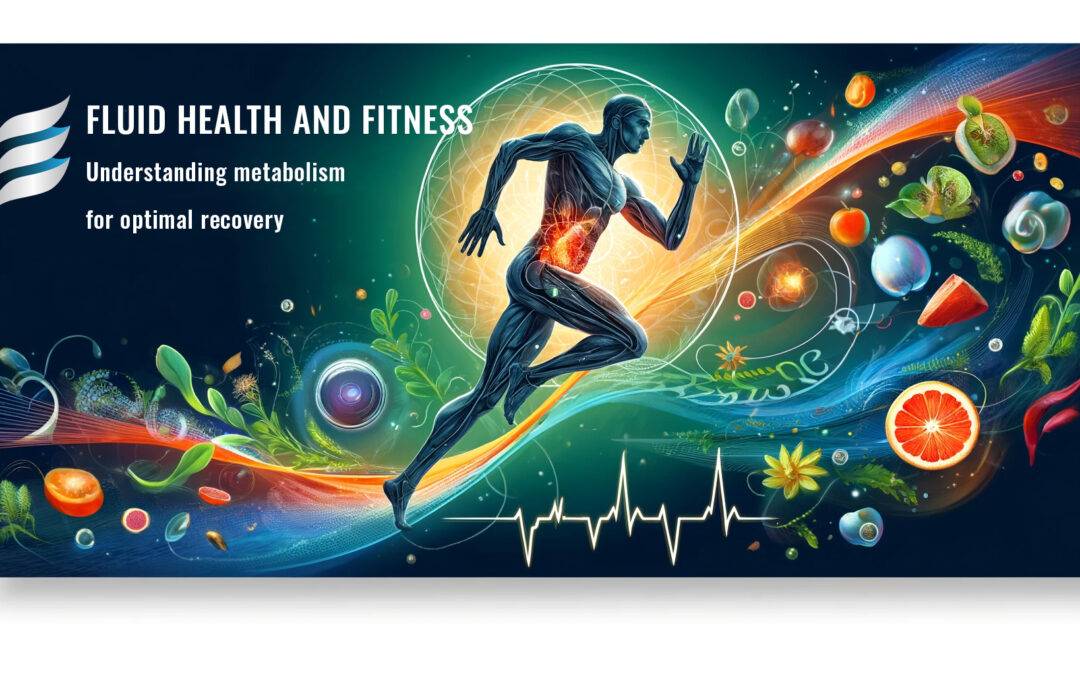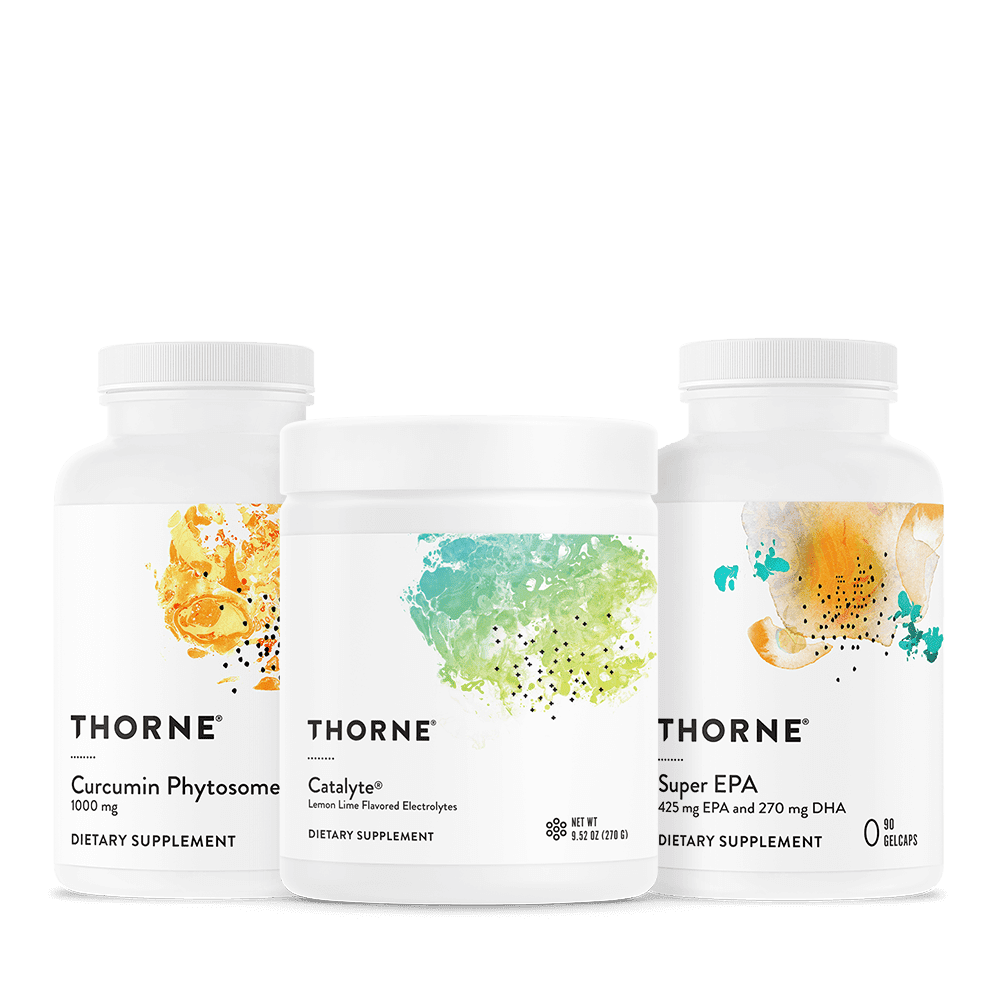
At Fluid Health and Fitness, we emphasize the significance of a well-functioning metabolism not just for weight management but also for recovery and overall bodily functions. Metabolism comprises all the biochemical processes that convert food into energy in our bodies. A compromised metabolism can significantly affect your recovery from exercise and disrupt normal bodily functions. This blog explores how metabolic assessments can help establish healthy baselines and guide tailored interventions and how imbalances in autonomic nervous system function may impair metabolic health.
Metabolism and Its Role in Recovery
A healthy metabolism efficiently converts nutrients into energy, which is crucial for repairing tissues, supporting immune function, and maintaining muscle integrity. When metabolism is compromised, perhaps due to hormonal imbalances, poor dietary habits, or insufficient sleep, the body’s ability to recover from exercise is diminished. This can lead to prolonged fatigue, reduced muscle synthesis, and a slower repair process, ultimately affecting overall physical performance and health.
Assessing Metabolic Health
To understand an individual’s metabolic state, assessments of both resting and active metabolism are useful. These assessments measure how many calories your body burns at rest (Resting Metabolic Rate, RMR) and during physical activity (Active Metabolic Rate, AMR), providing insights into your overall metabolic health.
- Resting Metabolic Rate (RMR): This measures the amount of energy expended while at rest, indicating the efficiency of your body’s energy use under minimal activity. An RMR test can help determine if you have a slower-than-expected metabolism, which might explain difficulties in weight loss or recovery.
- Active Metabolic Rate (AMR): This test assesses how many calories you burn during different levels of activity and can be used to optimize your exercise regimen for better fat loss and fitness improvements.
Utilizing data from these assessments, health professionals can create personalized nutrition and exercise plans that address specific metabolic needs, enhancing recovery and functional ability.
Sympathetic and Parasympathetic Dominance
The autonomic nervous system (ANS), which regulates involuntary physiological processes, includes two primary components:
- Sympathetic Nervous System (SNS), often known as the fight-or-flight response.
- Parasympathetic Nervous System (PNS), which promotes rest and digest functions.
Imbalances in these systems, such as sympathetic dominance (chronic stress response) or parasympathetic dominance (over-relaxation), can lead to disrupted metabolic function. Sympathetic dominance, for example, can inhibit digestive function and elevate cortisol levels, both of which may impair metabolism and recovery. Conversely, excessive parasympathetic activity might reduce metabolic rate and energy levels.
Take Aways
Understanding and managing your metabolism through targeted assessments and recognizing the role of autonomic balance is crucial for optimal health and recovery. By addressing these aspects through personalized interventions, individuals can enhance their metabolic efficiency, improving recovery and functional performance.
References
- Westerterp, K.R. (2017). “Resting metabolic rate and diet-induced thermogenesis: A methodological perspective.” American Journal of Clinical Nutrition, 96(5), 956-962.
- Boutcher, S.H. (2011). “High-intensity intermittent exercise and fat loss.” Journal of Obesity, 2011:868305.
- Monda, M., Messina, G., Scognamiglio, I., Lombardi, A., Martin, G.A., Sperlongano, P., Porcelli, M., Caraglia, M., Messina, A., and Precenzano, F. (2017). “Sympathetic and parasympathetic changes during sleep deprivation and recovery in male rats.” Journal of Sleep Research, 26(1), 42-50.
- Thayer, J.F., Yamamoto, S.S., & Brosschot, J.F. (2010). “The relationship of autonomic imbalance, heart rate variability and cardiovascular disease risk factors.” International Journal of Cardiology, 141(2), 122-131.





